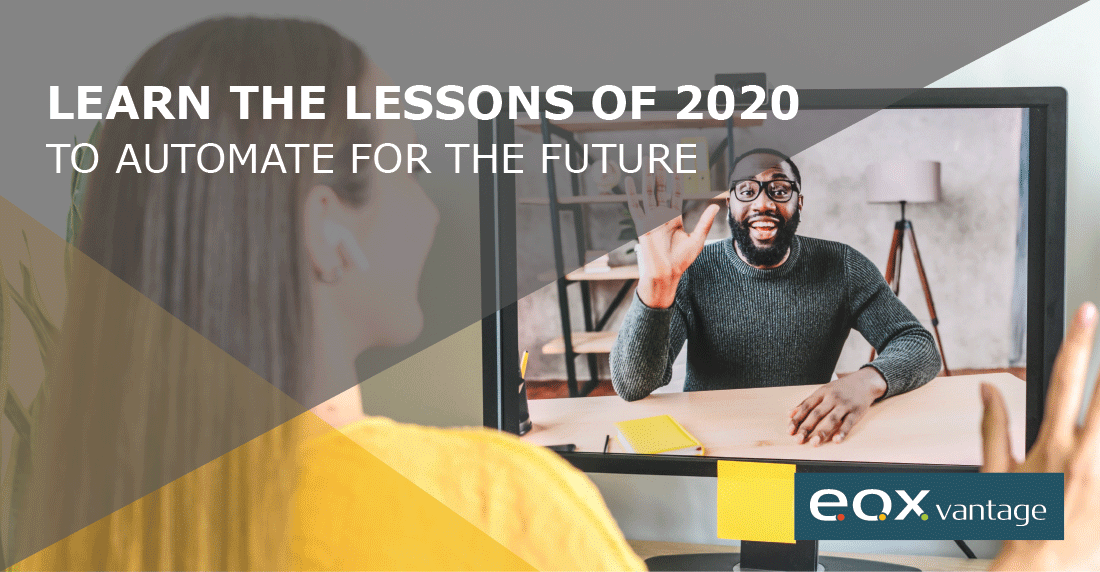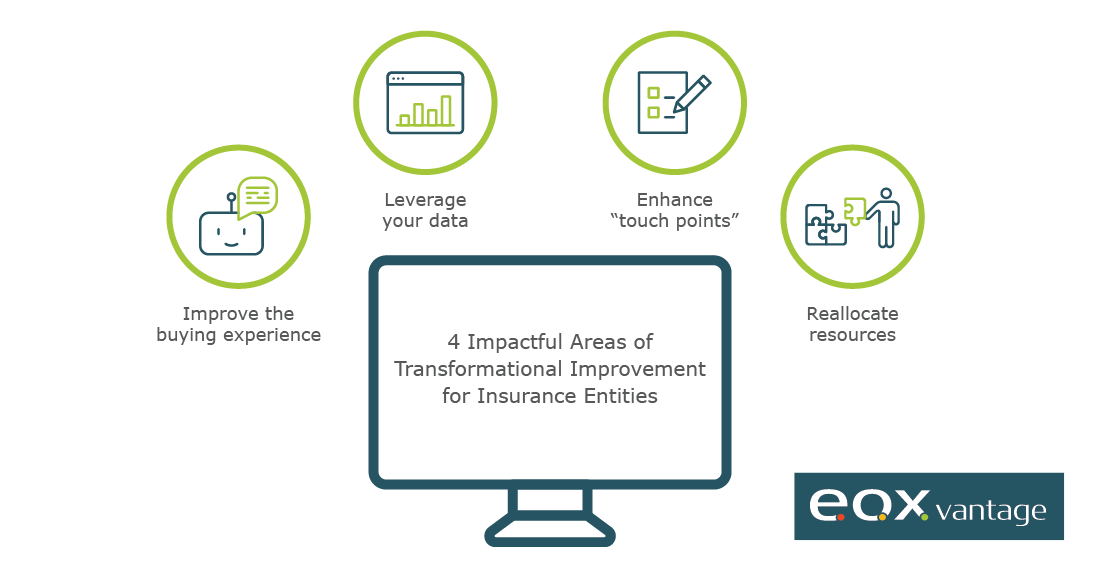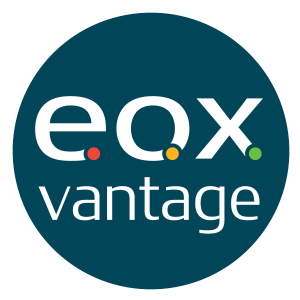Published in CHART Exchange | December 2020 issue
Author: Mike Fieseler
We find ourselves at the end of year like no other we've experienced. Everything changed overnight. Your people went remote, your clients went remote. Everyone's attitude and work habits, the way we access data and information and our expectations altered suddenly and to an extent most of us didn't expect.
It all turned into an unprecedented maelstrom of technological activity as we crafted ways to work from home, add self-serve tools, deal with no-contact claims/meetings/service and engineer rapid deployment of digitization and automated workflows.

The pandemic super-accelerated these already existing trends to a point that made our heads spin. This year, some companies have accomplished in eight months what used to be considered a pretty full two-to-three year workload of digital transformation projects.
And yet, there is still a long way to go for most of us and much work to be done. Very few of us felt prepared to face the breadth of challenges brought on by COVID, and many are still struggling. A recent McKinsey study found that 80% of businesses are at risk as they currently operate, and few business leaders have a clear understanding of how to effectively implement innovative technology in their current systems. A sobering thought!
One of my key focus areas for helping clients is the optimal use of process and workflow automation. For automation to succeed, you need to practice attention to detail on both macro and granular levels. It's necessary to have clear vision for a far outlook (read: create a strategic plan to direct your future) while also starting small with achievable projects by picking off the lowest hanging fruit that will lead directly to greater customer satisfaction. These small, successful projects get your team in the mindset to identify additional projects to undertake.
In all cases, look to integrate new technology with your existing systems and leave room to grow further. This way, you can focus on accomplishing constant improvements in your everyday business processes while also reaching your goals: attracting new customer segments, developing valuable programs for existing policyholders and so forth.
As an example of starting small, we had a client this year that was able to automate an Excel data entry process for less than $10,000. This did not change their workflow, but took a mundane, repetitious task away from someone who re-tasked with customer service activities. The payback on labor costs alone took less than six months, and that return doesn't include the faster turnaround which they say is resulting in better client satisfaction and an increase in business. That's a great investment on a project that took only a couple weeks to implement!
Most companies have similar scenarios just waiting to be uncovered. It simply could be that nobody's taking the time to look or think about it too much. So, perhaps your New Year's business resolution should be answering this question: where can I find such a difference-maker?

To help you get started with brainstorming, let's take a look at some emerging trends and identify common yet impactful areas of transformational improvement for insurance entities.
- Improve the buying experience: Consumers have demanded faster transactions and better interactions. COVID restrictions resulting in less human contact and more reliance on online support, as well as an overall move to speed and the need for "answers right now/instant gratification," have led to a slew of tech-based solutions. AI, chatbots, more self-service options and the like are at the forefront of this movement - with increased customer satisfaction, engagement and retention as a result.
- Leverage your data: Automating the policy process and lifecycle will lead to the generation of more data every step of the way. Successful data collection and analysis gives you better and "rounder" predictive abilities, with a corresponding positive impact on making policy and other business decisions. In this coming decade, businesses that have the foresight and skill to harness their data and make it work for them will have an inside track on success. Thinking about ways to access and use non-traditional data and/or data sources can enhance your decision-making and client service. Your plan should include the use of 5G and IoT devices.

- Enhance the "touch points" with your clients. Start with how you handle claims. Be sensitive to the fact that it's a touchy and troublesome time for policyholders.
- How can you use data to predict, eliminate or minimize a claim? As an example, the use of homeowner telematics is helping make houses safer. Sensors that detect water leakage can enable homeowner notification, automatic turn-off, etc. before flooding occur. Smart thermostats, furnaces and ovens perform similarly to reduce fire risk. And, the monitoring of driving habits via IoT devices has made inroads in car insurance business models.
- What can you do to improve the process and experience? Create more effective notifications. Design easier reporting mechanisms. Set and communicate realistic expectations for resolution, including payment. Provide timely status updates. Overall, concentrate on simplifying procedures and making interactions as helpful, informative and no-fuss as possible.
- Reallocate resources: Automation removes the need for humans to perform time-consuming back-office duties. Team members can then be retrained and set to more customer-facing, value-added activities with a higher impact on the business. Begin with outsourcing these activities and adding data analysis, AI and automated routing programs that give you the capability to automatically assign each instance to the best underwriter for that case based on predefined parameters such as source, size, risk, schedule, etc.
When all is said and done, 2020 took us all by surprise and made us change our existing models on its own schedule. Let's strategically get ahead of where we want to go next. I wish you all a Happy New Year with good fortune, good health and good business in 2021!
About the Author - Mike’s focus is on helping clients achieve operational efficiencies and cost savings. His career has spanned IBM, ARC, DataTrak, and for the past 10 years EOX Vantage. Last year he achieved the CPL - Certified Program Leader designation through Target University of the Target Markets Program Administrators Association (TMPAA).



